’Lines of Sight’: Carmen Herrera’s minimal abstraction takes over the Whitney Museum of American Art
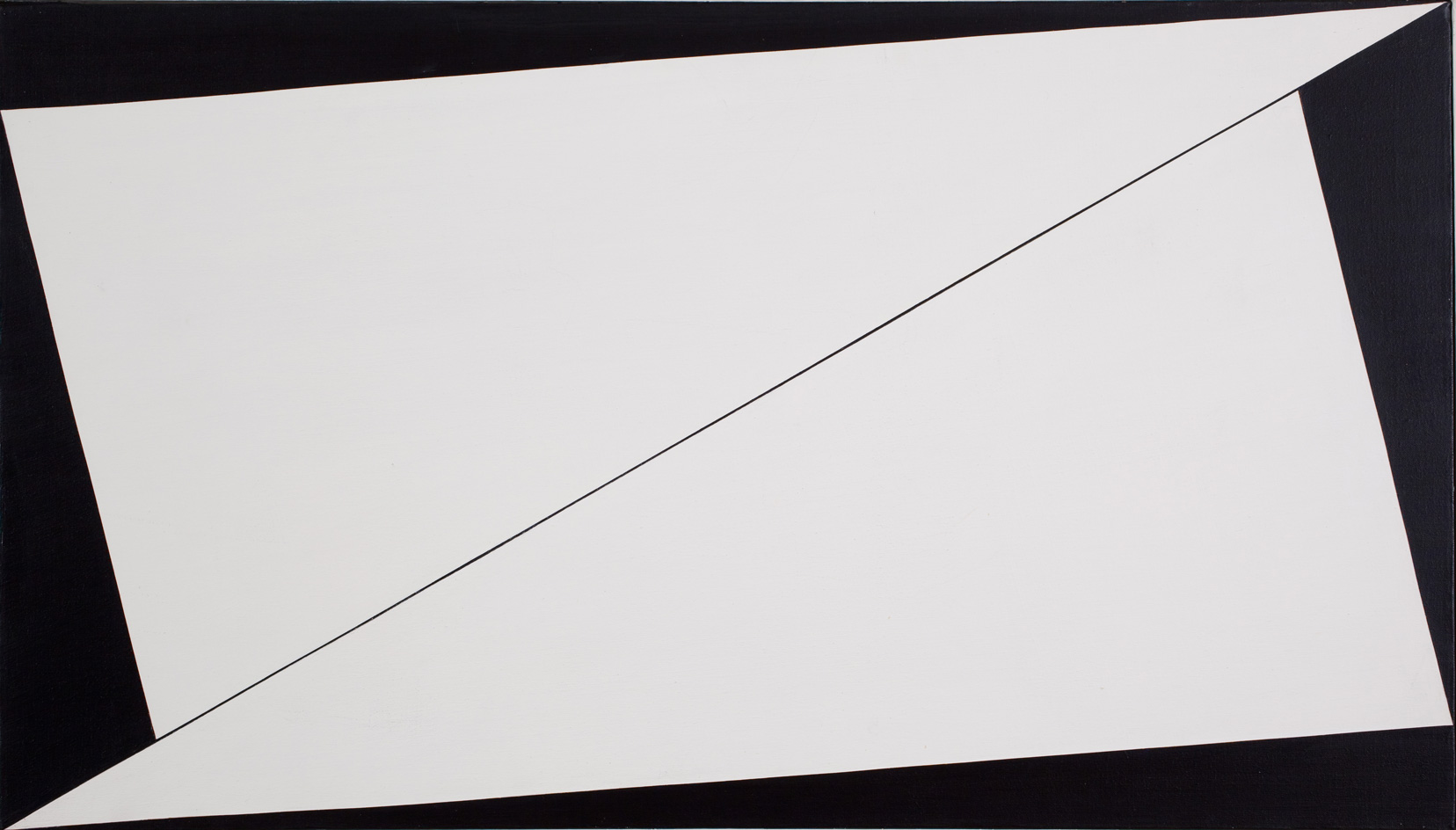
As a Cuban female artist in the '50s, Carmen Herrera did not have it easy in making a name for herself in the art world. Not only was she a woman and an immigrant, but she emerged at a time when her minimal abstraction was out of vogue compared to the heavy-handed gestural work of the abstract expressionist movement. But that did not make Herrera give up; despite her lack of critical success, she soldiered on, diligently working daily in her studio. More than half a century later, the 101-year-old artist is finally getting the attention she deserves; Akris creative director Albert Kriemler based his spring/summer 2017 collection on her work, and at last, her first museum exhibition, 'Carmen Herrera: Lines of Sight', is on view at the Whitney Museum of American Art through New Year and then at the Wexner Center for the Arts in Columbus, Ohio.
The exhibition follows Herrera's career during a pivotal time in her life, from 1948 to 1978, from when she was 33 to 63. She married an American schoolteacher and immigrated to the United States from Havana in 1939. From there, the two moved to Paris for two years, where Herrera developed her methods of abstraction, using tape to form precise lines onto a canvas, creating minimal, geometric compositions. The exhibition follows her time in Paris, and her return to New York. It was there that she created her Blanco y Verde series — sparse slivers of green against a white canvas, and the opposite, thin triangles of white against a green background. It then goes on to Painting, Drawing, and Estructura — the dichromatic sculptures, drawings and paintings that are formed from two intersecting shapes.
As Herrera once said, 'I believe that I will always be in awe of the straight line, its beauty is what keeps me painting.' Perhaps it is just the opposite, because Herrera's work makes its observers see the beauty that inspired her throughout her career.

The exhibition follows Herrera’s career during a pivotal time in her life, from 1948 to 1978, from when she was 33 to 63. Pictured: The Way, 1970. Private Collection.
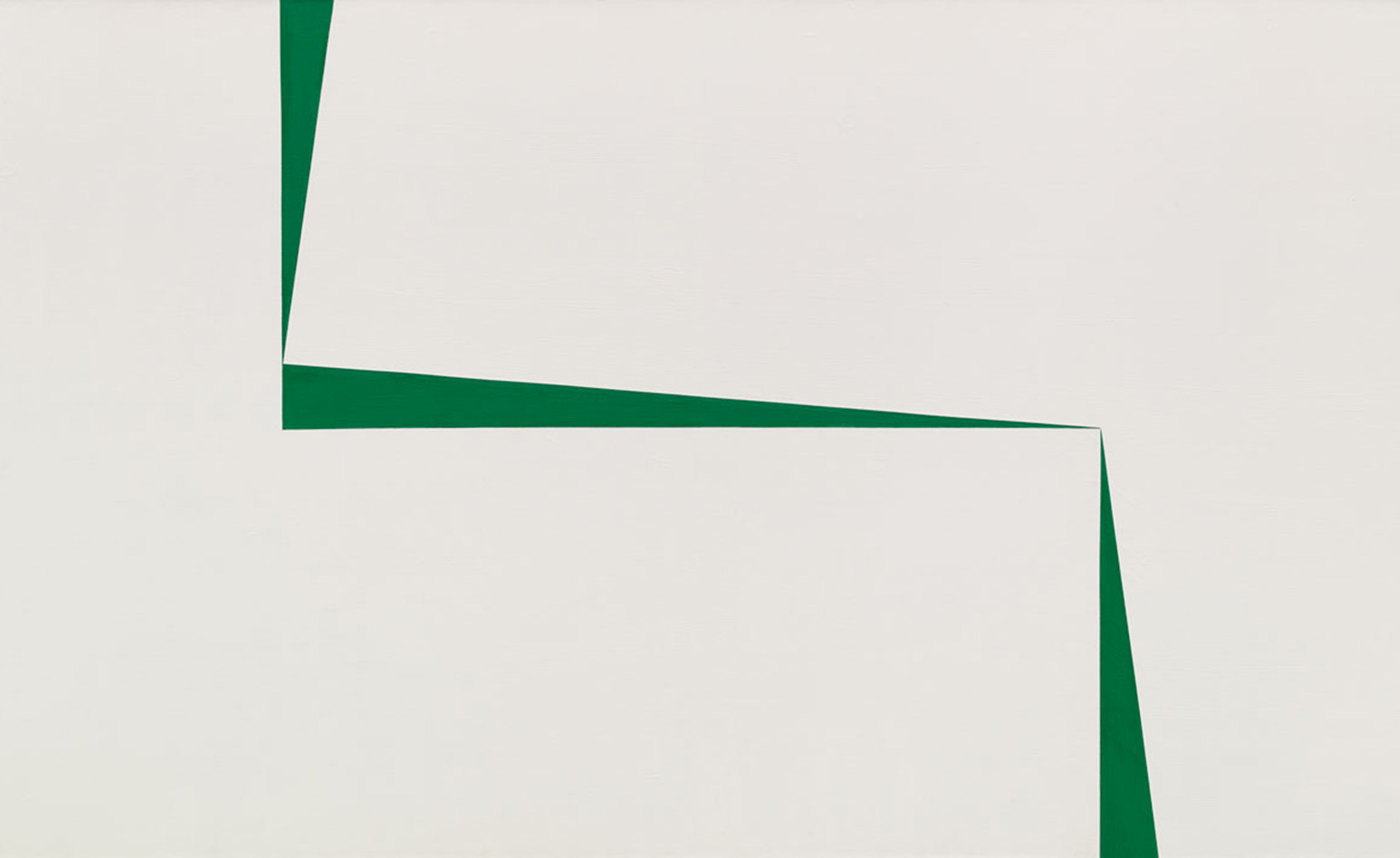
The exhibition includes Herrera’s Blanco y Verde series — sparse slivers of green against a white canvas, and the opposite, thin triangles of white against a green background. Pictured: Blanco y Verde, 1967. Private Collection.
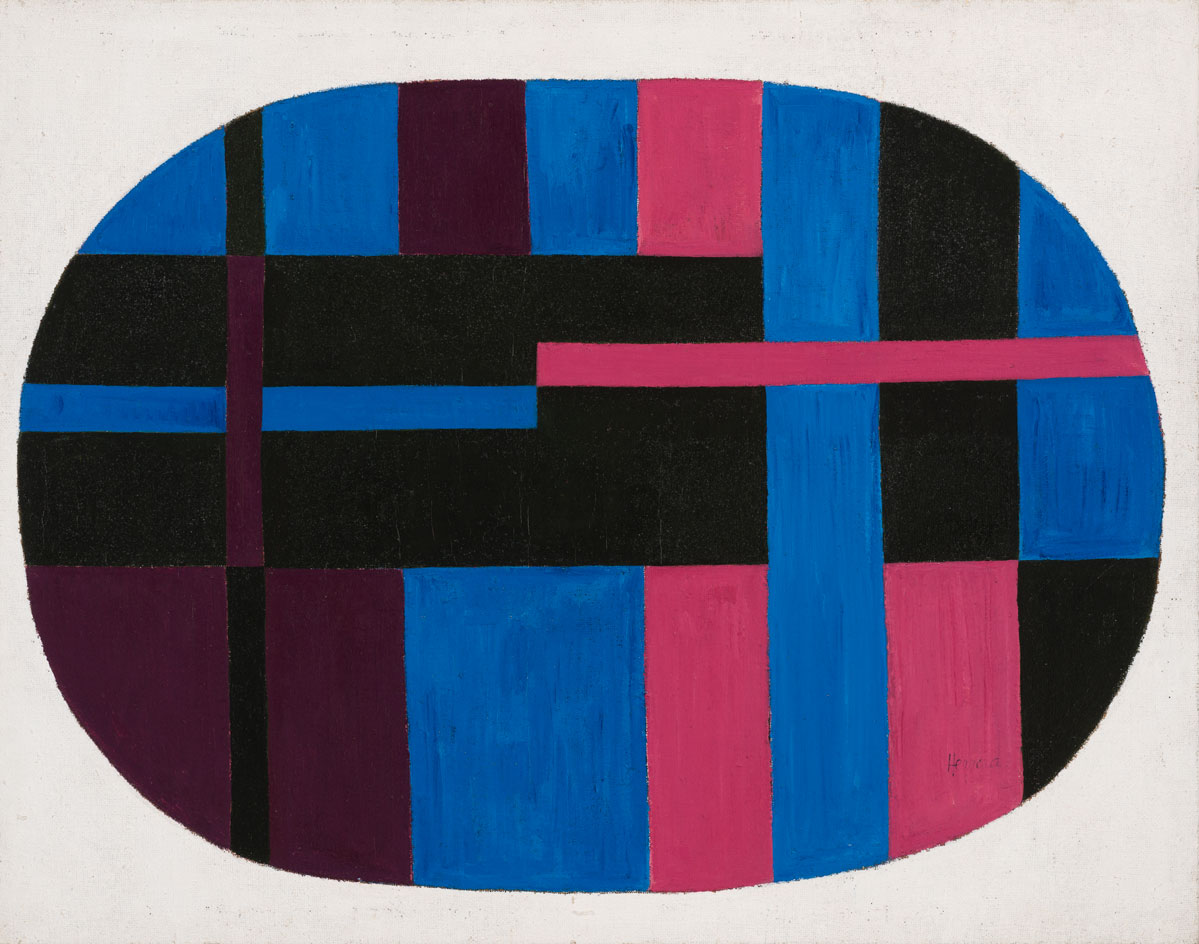
Herrera lived in Paris for two years where developed her methods of abstraction, using tape to form precise lines onto a canvas, creating minimal, geometric compositions. Pictured: Untitled, 1948. Collection of Yolanda Santos Art.
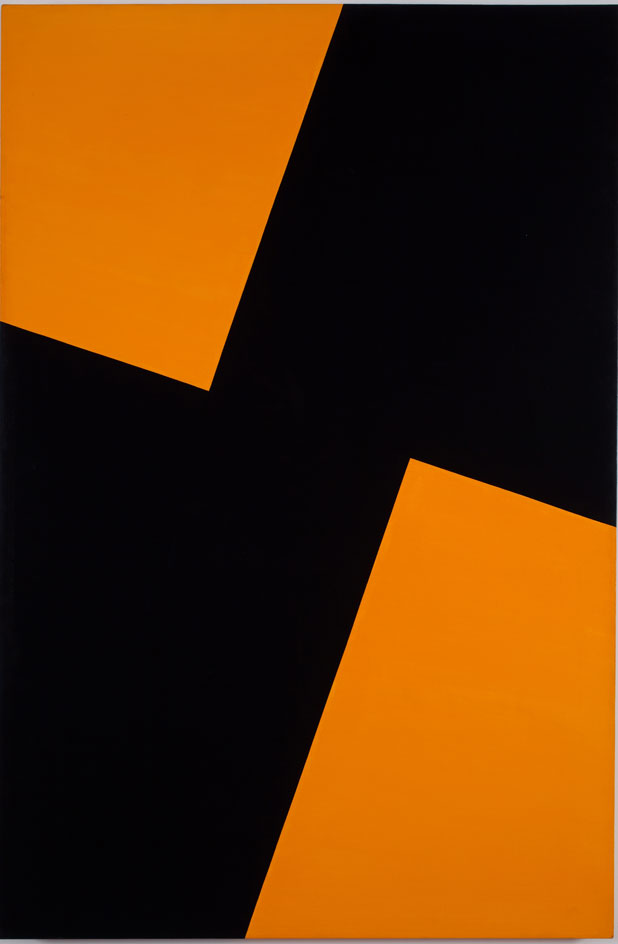
Herrera once said, ’I believe that I will always be in awe of the straight line, its beauty is what keeps me painting.’ Pictured: Friday, 1978.
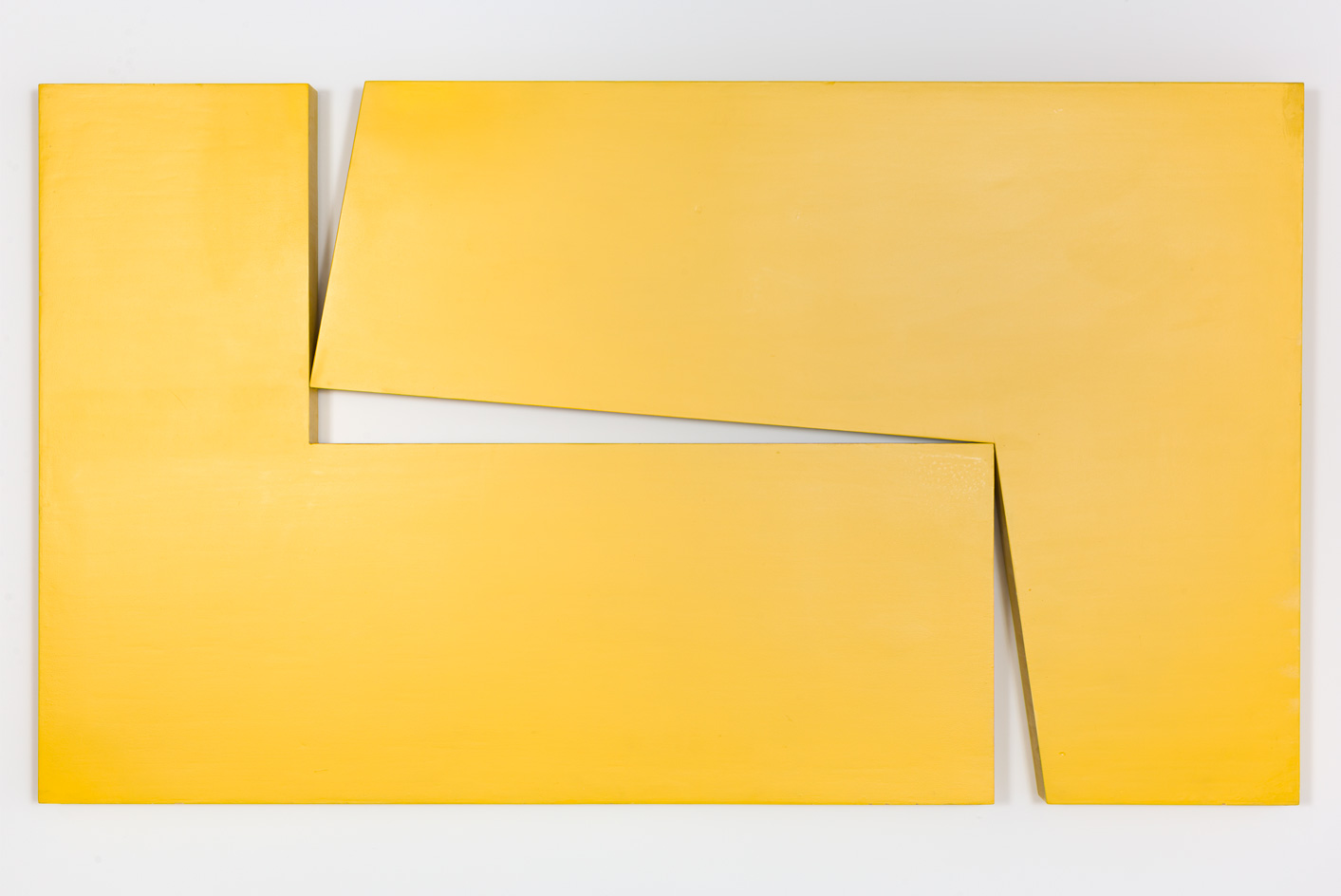
’Lines of Sight’, is on view at the Whitney Museum of American Art through 2 January, 2017 and then at the Wexner Center for the Arts in Columbus, Ohio, from 4 February – 16 April, 2017. Pictured: Amarillo “Dos”, 1978. Maria Graciela and Luis Alfonso Oberto Collection.
INFORMATION
’Lines of Sight’ is on view until 2 January 2017. For more information, visit the Whitney Museum of American Art website
Receive our daily digest of inspiration, escapism and design stories from around the world direct to your inbox.
Ann Binlot is a Brooklyn-based freelance writer who covers art, fashion, design, architecture, food, and travel for publications like Wallpaper*, the Wall Street Journal, and Monocle. She is also editor-at-large at Document Journal and Family Style magazines.
-
 At La Fondation hotel in Paris, minimalism has irresistible warmth
At La Fondation hotel in Paris, minimalism has irresistible warmthOnce a parking lot, this 17th-arrondissement stay now offers rooftop city views, cocooning suites, and interiors by Roman & Williams
-
 How LA's Terremoto brings 'historic architecture into its next era through revitalising the landscapes around them'
How LA's Terremoto brings 'historic architecture into its next era through revitalising the landscapes around them'Terremoto, the Los Angeles and San Francisco collective landscape architecture studio, shakes up the industry through openness and design passion
-
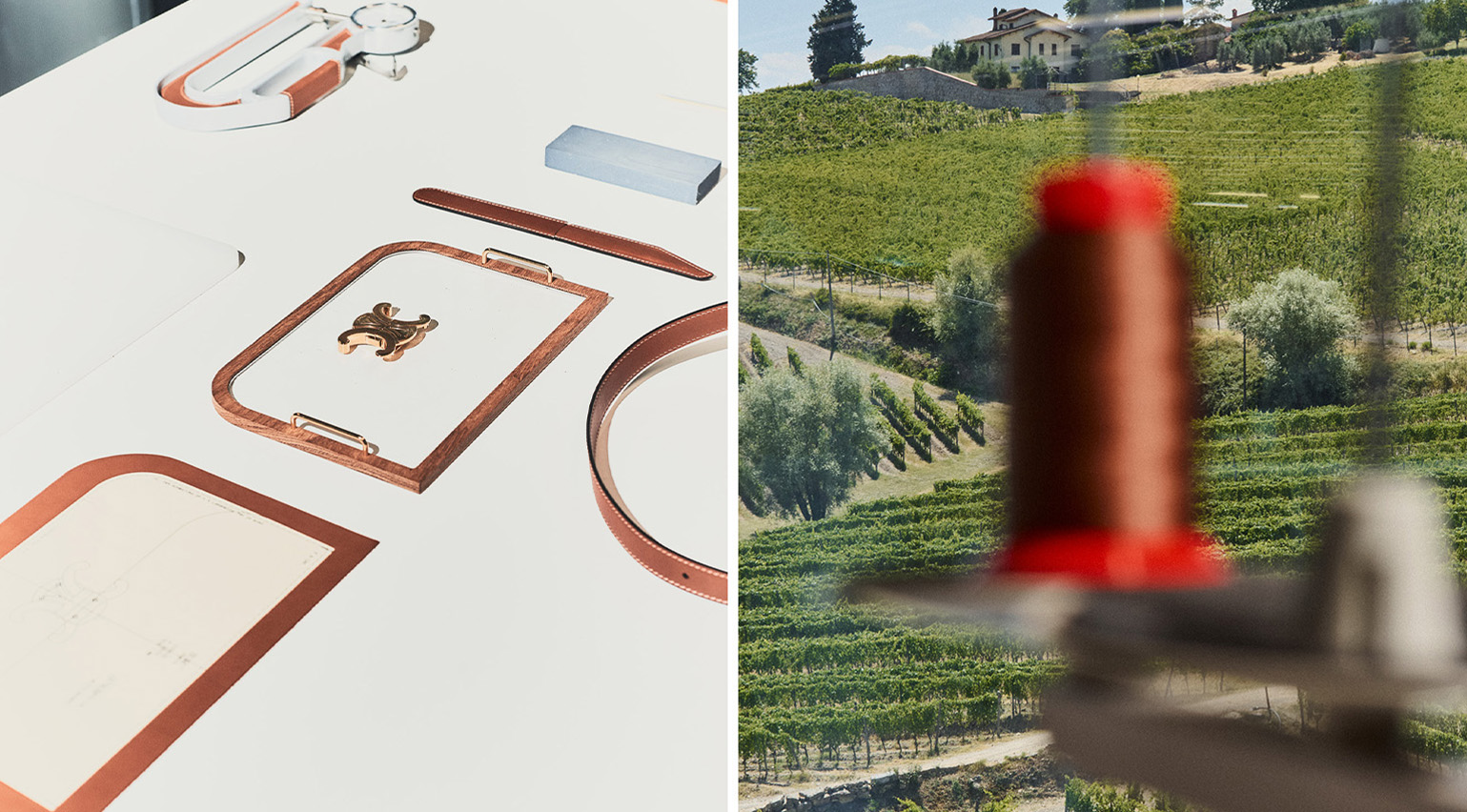 The anatomy of a Celine bag: inside the house’s idyllic Tuscan factory
The anatomy of a Celine bag: inside the house’s idyllic Tuscan factoryWallpaper* visits the serene Italian factory where Celine crafts its celebrated ‘Triomphe’ handbags, which is set against an inspiring backdrop of lush Tuscan countryside
-
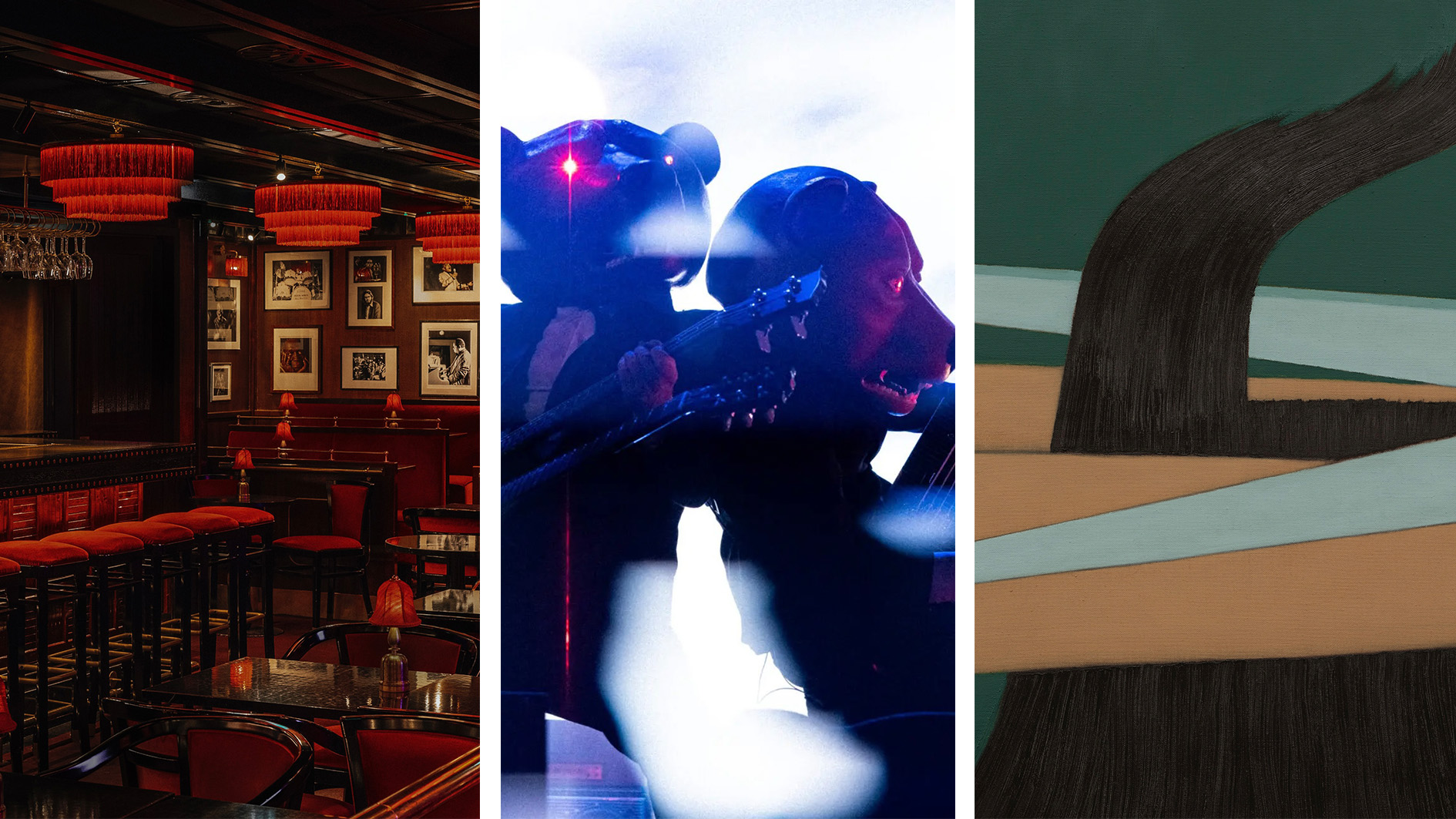 Out of office: the Wallpaper* editors’ picks of the week
Out of office: the Wallpaper* editors’ picks of the weekAnother week, another flurry of events, opening and excursions showcasing the best of culture and entertainment at home and abroad. Catch our editors at Scandi festivals, iconic jazz clubs, and running the length of Manhattan…
-
 The best Ruth Asawa exhibition is actually on the streets of San Francisco
The best Ruth Asawa exhibition is actually on the streets of San FranciscoThe artist, now the subject of a major retrospective at SFMOMA, designed many public sculptures scattered across the Bay Area – you just have to know where to look
-
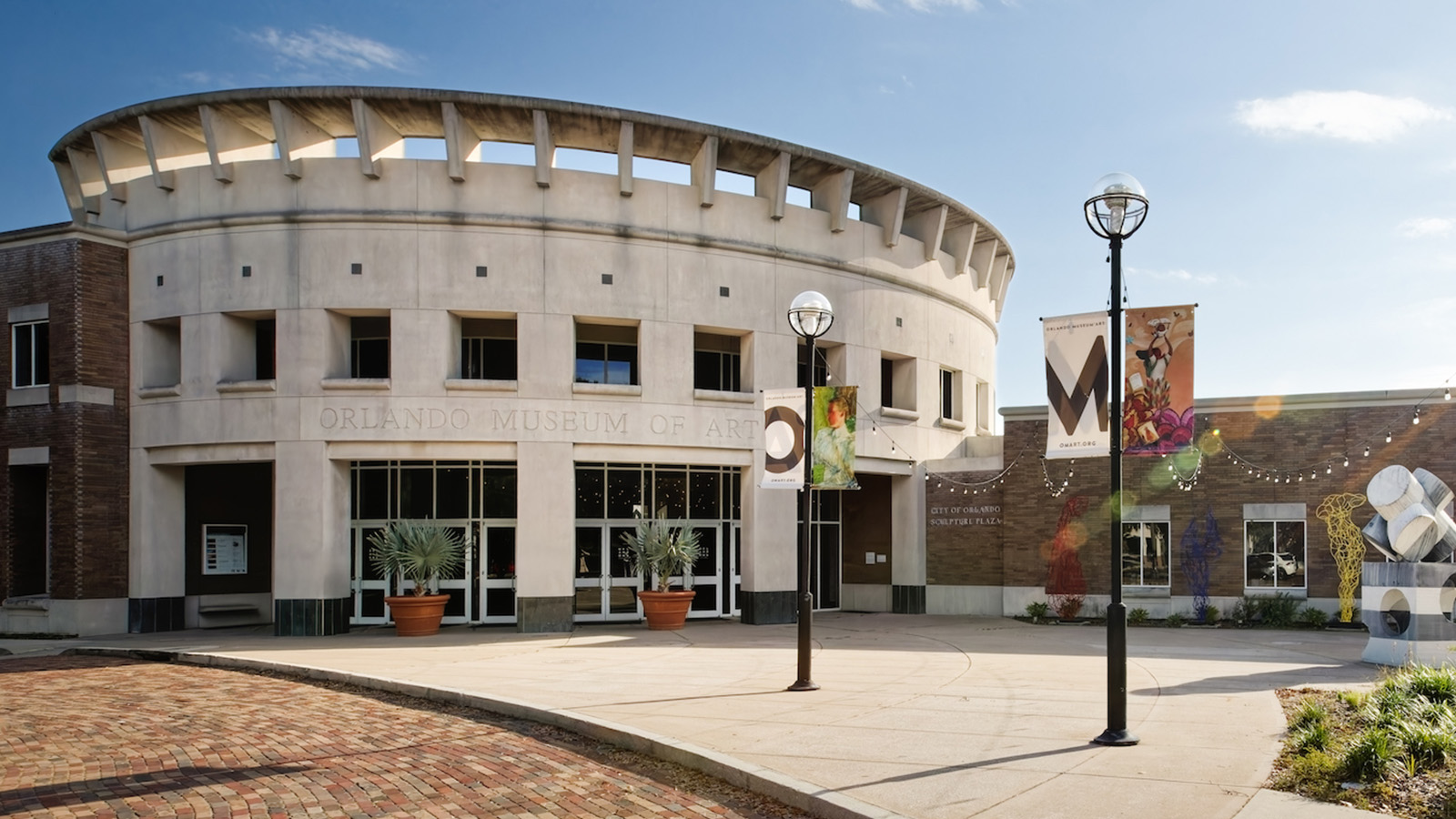 Orlando Museum of Art wants to showcase more Latin American and Hispanic artists. Do you fit the bill?
Orlando Museum of Art wants to showcase more Latin American and Hispanic artists. Do you fit the bill?The Florida gallery calls for for Hispanic and Latin American artists to submit their work for an ongoing exhibition
-
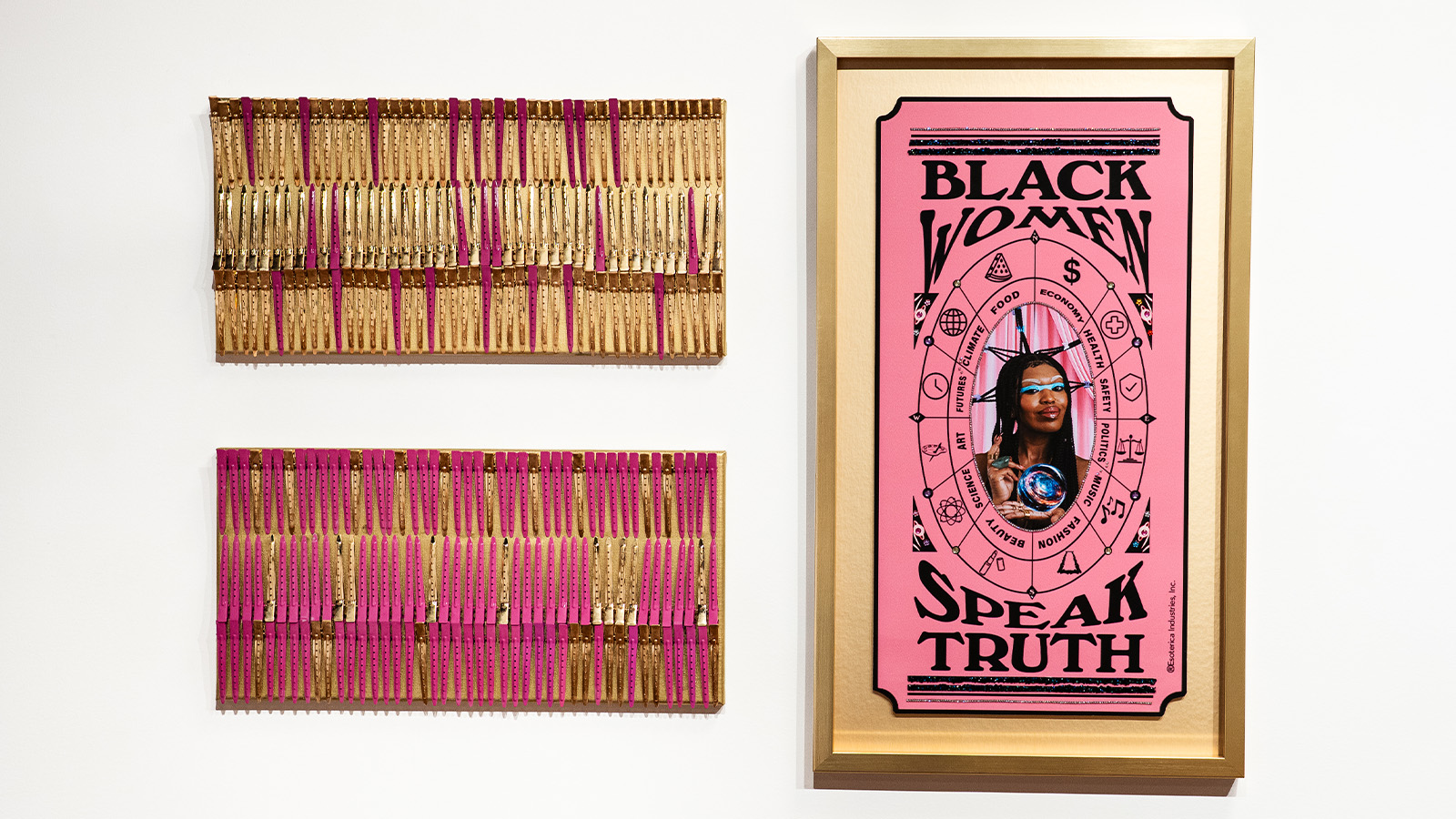 The spread of Butter: the Black-owned art fair where artists see all the profits
The spread of Butter: the Black-owned art fair where artists see all the profitsThe Indianapolis-based art fair is known for bringing Black art to the forefront. As it ventures out of state to make its Los Angeles debut, we speak with founders Mali and Alan Bacon to find out more
-
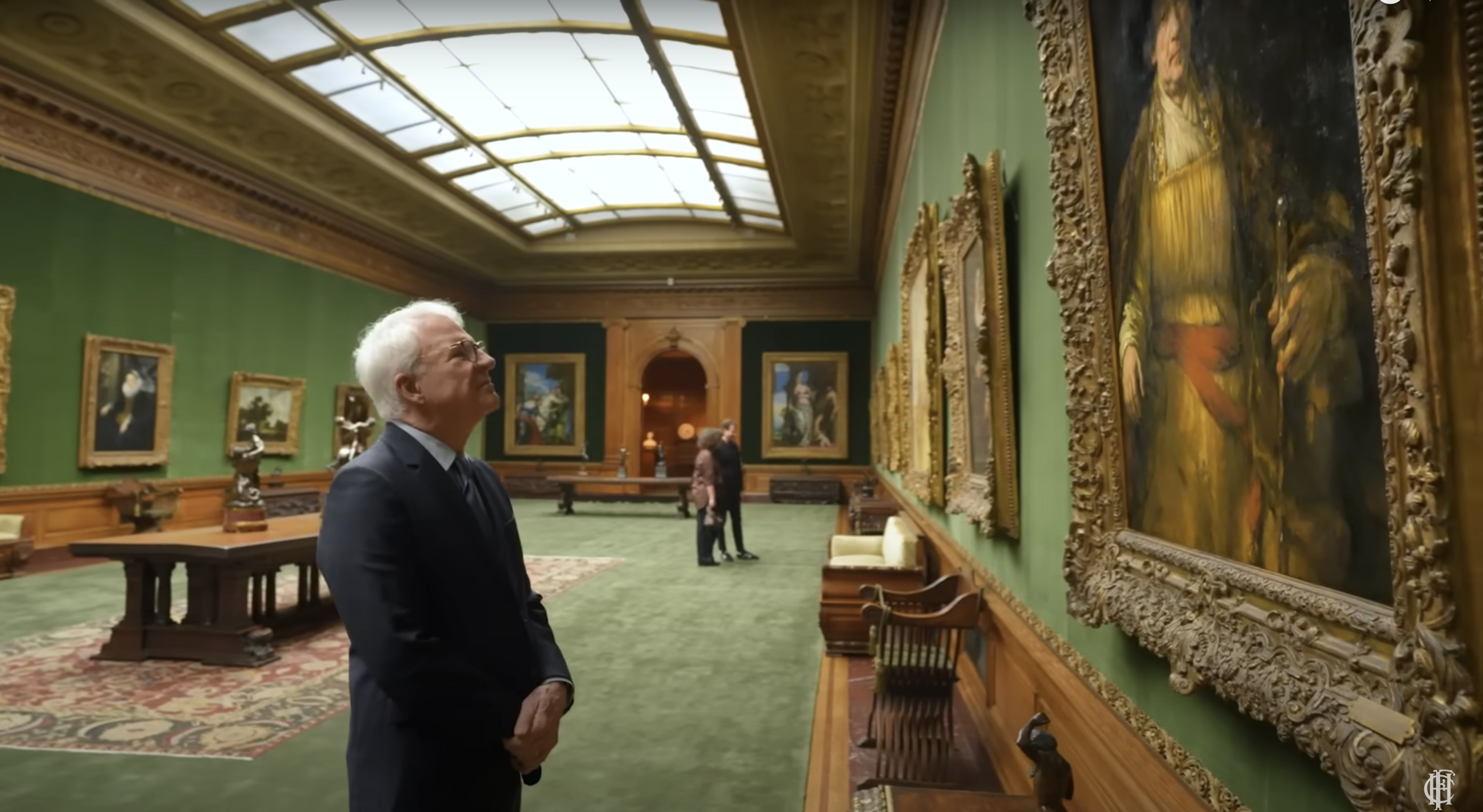 Steve Martin wants you to visit The Frick Collection
Steve Martin wants you to visit The Frick CollectionThe actor has appeared in a video promoting New York’s newly renovated art museum
-
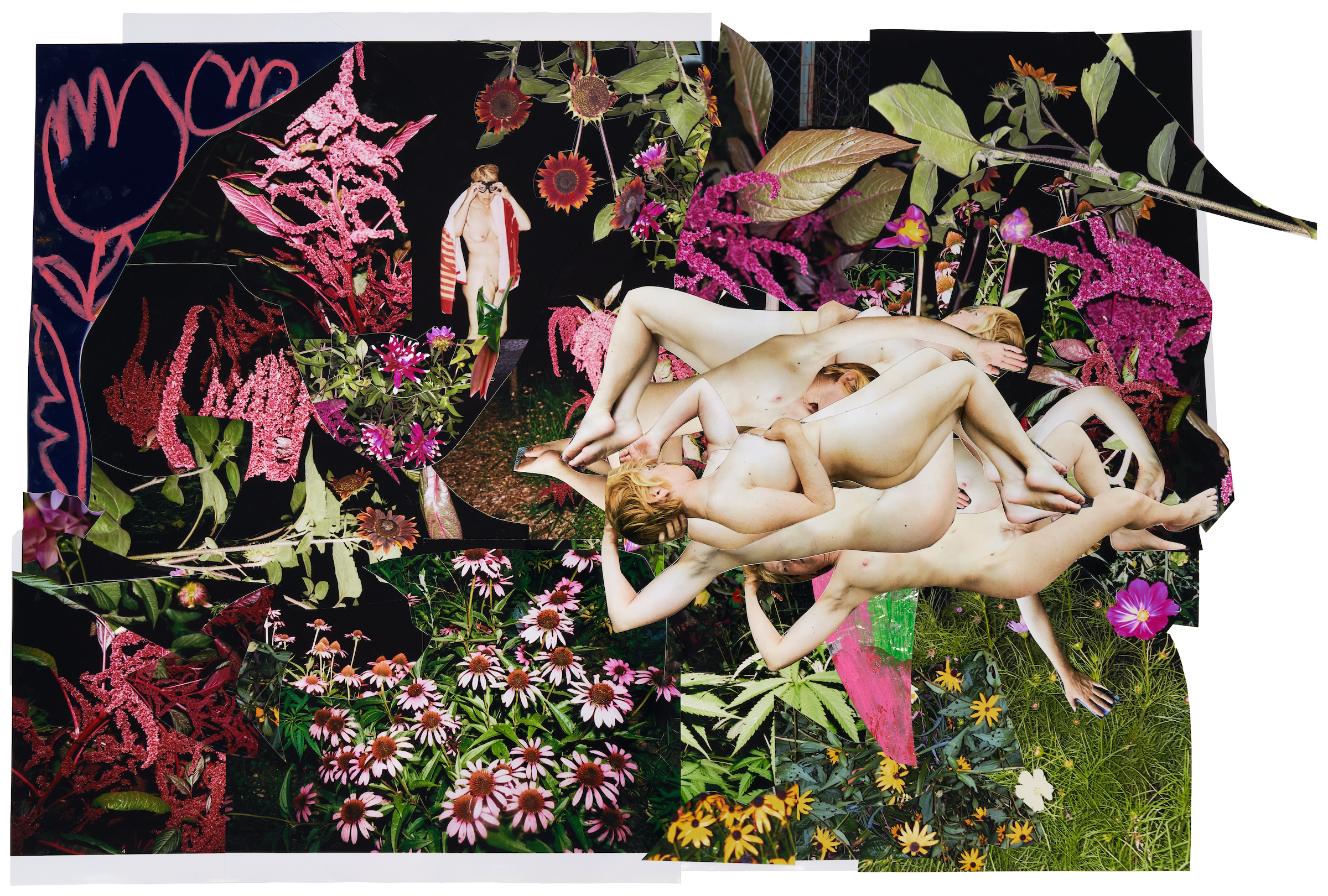 'What does it mean that the language of photography is invented by men?' Justine Kurland explores the feminist potential of collage
'What does it mean that the language of photography is invented by men?' Justine Kurland explores the feminist potential of collage'The Rose,' at the Center for Photography at Woodstock (CPW) in Kingston, New York, examines the work of over 50 artists using collage as a feminist practice
-
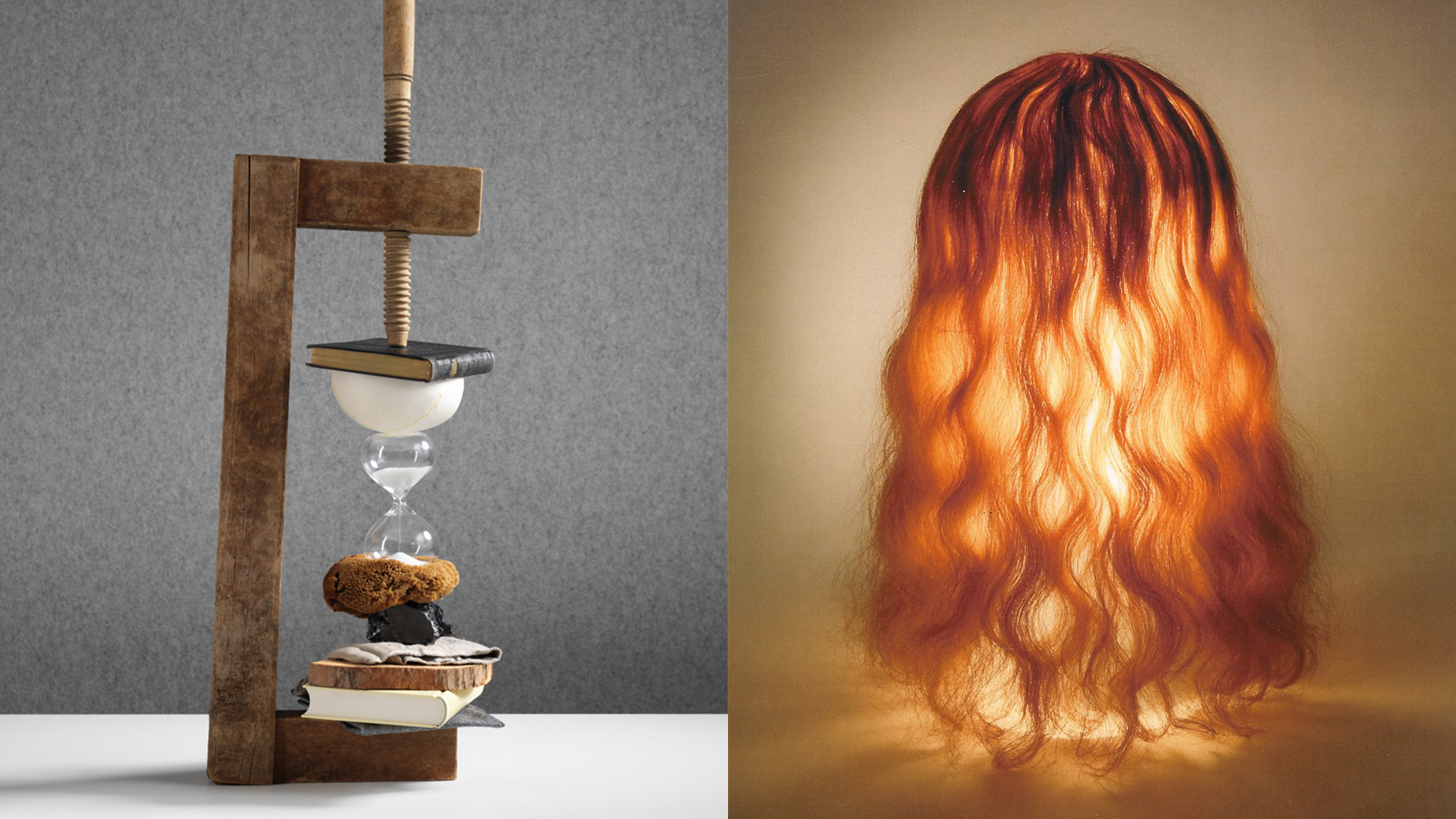 Rolf Sachs’ largest exhibition to date, ‘Be-rühren’, is a playful study of touch
Rolf Sachs’ largest exhibition to date, ‘Be-rühren’, is a playful study of touchA collection of over 150 of Rolf Sachs’ works speaks to his preoccupation with transforming everyday objects to create art that is sensory – both emotionally and physically
-
 Architect Erin Besler is reframing the American tradition of barn raising
Architect Erin Besler is reframing the American tradition of barn raisingAt Art Omi sculpture and architecture park, NY, Besler turns barn raising into an inclusive project that challenges conventional notions of architecture